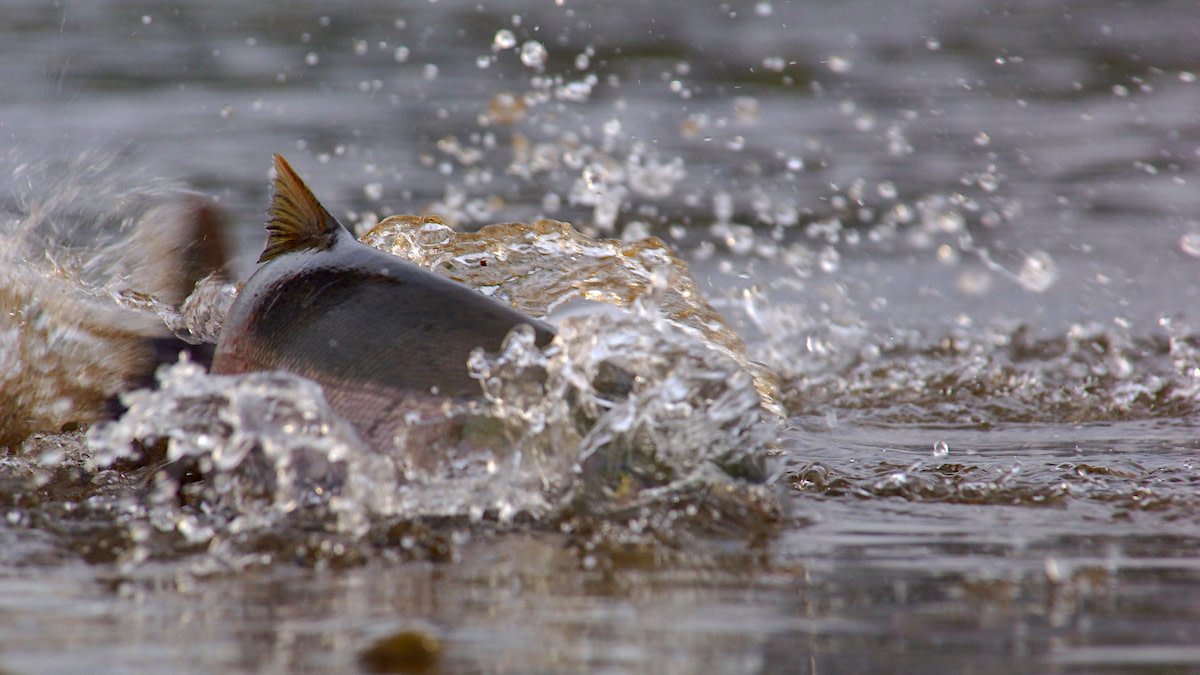Fillet Salmon is a delicate art that requires precision and skill. Whether you’re preparing to cook a fresh catch or handling store-bought fillets, mastering the technique ensures you get the most out of this flavorful fish. Here’s a comprehensive guide to help you achieve perfect fillets every time.
Introduction to Filleting Salmon
Before diving into the filleting process, it’s essential to gather the right tools. You’ll need a sharp fillet knife, a cutting board, and a clean workspace. These tools ensure clean cuts and minimize waste, making your filleting experience smooth and efficient.

How to Fillet Salmon Properly
Step 1: Prepare Your Salmon
Step 2: Make the Initial Cut
Using a sharp fillet knife, begin by making a precise diagonal cut just behind the gills and pectoral fin, extending down to the backbone. This initial incision is critical as it establishes the starting point for the entire filleting process. Ensure your knife is sharp to achieve clean cuts and minimize damage to the delicate flesh of the salmon. Employ smooth, controlled motions throughout, maintaining gentle pressure to preserve the integrity of the fillet. By following these steps, you ensure that each cut is deliberate and precise, enhancing the quality of the fillets you extract. This careful approach not only maximizes the yield of usable meat but also prepares the salmon for further preparation or cooking, ensuring a high-quality dining experience with every fillet you produce.
Step 3: Follow the Backbone
With the initial cut made, gently guide your knife along the backbone, following the natural contours of the fish. Use the backbone as a guide to ensure you’re maximizing the flesh you extract from the salmon. This step requires steady hands and a keen eye to avoid unnecessary waste.
Step 4: Remove the Fillet
As you reach the tail end of the fish, continue to glide your knife along the rib cage, separating the fillet from the bones. Use short strokes and keep the knife blade close to the ribs to extract as much meat as possible. Once detached, lift the fillet away from the backbone and set it aside.
Step 5: Repeat on the Other Side
Flip the salmon over and repeat the filleting process on the opposite side. Start again with an initial cut near the gills and follow through to the tail, using the backbone as your guide. This ensures consistency in the size and shape of your fillets.
Step 6: Check for Bones
Once both fillets are removed, carefully inspect them for any remaining bones. Using fish tweezers or pliers, gently pull out any pin bones that may still be embedded in the flesh. This step is crucial for ensuring a pleasant dining experience free of unexpected crunches.
Step 7: Rinse and Store
After filleting, rinse the salmon fillets under cold water to remove any stray scales or bone fragments. Pat them dry with paper towels before storing or preparing them for cooking. Properly stored salmon can be refrigerated for several days or frozen for longer-term storage.
Conclusion
Mastering how to fillet salmon enhances your culinary repertoire and allows you to enjoy this nutritious fish in various recipes. With practice and attention to detail, you’ll soon become adept at producing perfectly filleted salmon for your meals.
In conclusion, learning to Fillet Salmon is a valuable skill for any home chef. By following these steps and practising regularly, you’ll soon be able to prepare this delicious fish with confidence. Happy filleting!



